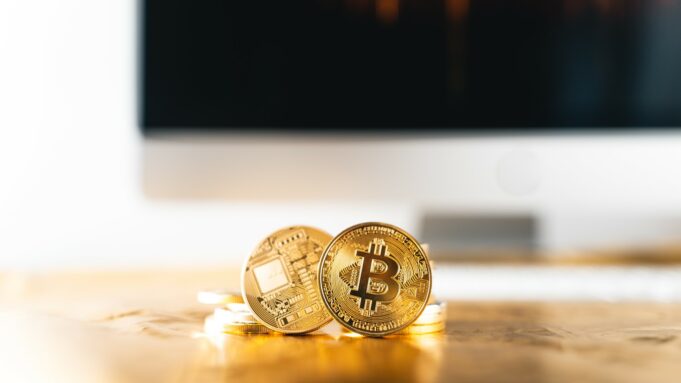Bitcoin mining has come a long way since it was first introduced in 2009. Initially, anyone with a computer could mine bitcoin, but as the popularity of the cryptocurrency grew, so did the complexity of mining. Today, bitcoin mining is a highly specialized and energy-intensive process, requiring powerful hardware and significant investments. In this article, we will explore the evolution of bitcoin mining and how it has transformed over the years.
The Early Days of Bitcoin Mining
In the early days of bitcoin, mining was a relatively simple process. It was possible to mine bitcoin using just a regular computer processor (CPU). The first miners used their computers to solve complex mathematical equations and earn rewards in the form of newly minted bitcoin. At that time, the block reward was 50 BTC, and the difficulty of mining was low. Satoshi Nakamoto, the creator of bitcoin, had designed the system to gradually reduce the block reward over time, which would increase the scarcity of bitcoin and incentivize miners to continue mining.
However, it wasn’t long before miners realized that using a CPU was not efficient enough to mine significant amounts of bitcoin. They started using more powerful graphics processing units (GPUs) that were designed for gaming to mine bitcoin. GPUs were more efficient at solving the mathematical equations required for bitcoin mining, and as a result, miners could earn more bitcoin.
The Rise of ASICs
As more people started mining bitcoin, the difficulty of mining increased, and it became harder to earn bitcoin using GPUs. This is when application-specific integrated circuits (ASICs) were introduced. ASICs are specialized hardware designed specifically for bitcoin mining, and they are much more efficient than CPUs or GPUs. They can solve mathematical equations much faster, which means that they can mine more bitcoin in less time.
ASICs quickly became the go-to hardware for bitcoin mining. Today, ASICs are the only way to mine bitcoin profitably. They are highly specialized and expensive, and they require a significant investment to start mining. In addition, they consume a lot of energy, which has led to concerns about the environmental impact of bitcoin mining.
Mining Pools
Another significant development in the evolution of bitcoin mining is the creation of mining pools. Mining pools are groups of miners who combine their computing power to mine bitcoin and share the rewards. Mining pools make it easier for individual miners to earn bitcoin, as they can contribute their computing power to a larger pool and earn a share of the rewards. Mining pools have become an essential part of bitcoin mining, and today, most bitcoin mining is done through mining pools.
The Impact of Halving Events
One of the most critical events in the evolution of bitcoin mining is the halving events. As mentioned earlier, Satoshi Nakamoto designed bitcoin to gradually reduce the block reward over time, which would increase the scarcity of bitcoin and incentivize miners to continue mining. The halving events occur every 210,000 blocks, which is roughly every four years. When a halving event occurs, the block reward is cut in half. The first halving event occurred in November 2012 when the block reward was reduced from 50 BTC to 25 BTC. The second halving event occurred in July 2016 when the block reward was reduced from 25 BTC to 12.5 BTC.
The halving events have a significant impact on bitcoin mining. As the block reward is reduced, miners earn fewer bitcoins for each block they mine. This means that they need to mine more blocks to earn the same amount of bitcoin. The halving events also increase the difficulty of mining, as more miners compete for fewer rewards. As a result, the halving events have led to increased competition and consolidation in the bitcoin mining industry.
Conclusion
Bitcoin mining has come a long way since it was first introduced in 2009. From using CPUs to mine bitcoin to using highly specialized ASICs, the evolution of bitcoin mining has been characterized by increasing complexity and energy consumption. The halving events have also had a significant impact on bitcoin mining, as they have increased competition and consolidation in the industry. Today, bitcoin mining is a highly specialized and energy-intensive process that requires significant investments. However, despite the challenges, bitcoin mining remains an essential part of the bitcoin ecosystem, and it is likely to continue to evolve in the years to come.

























